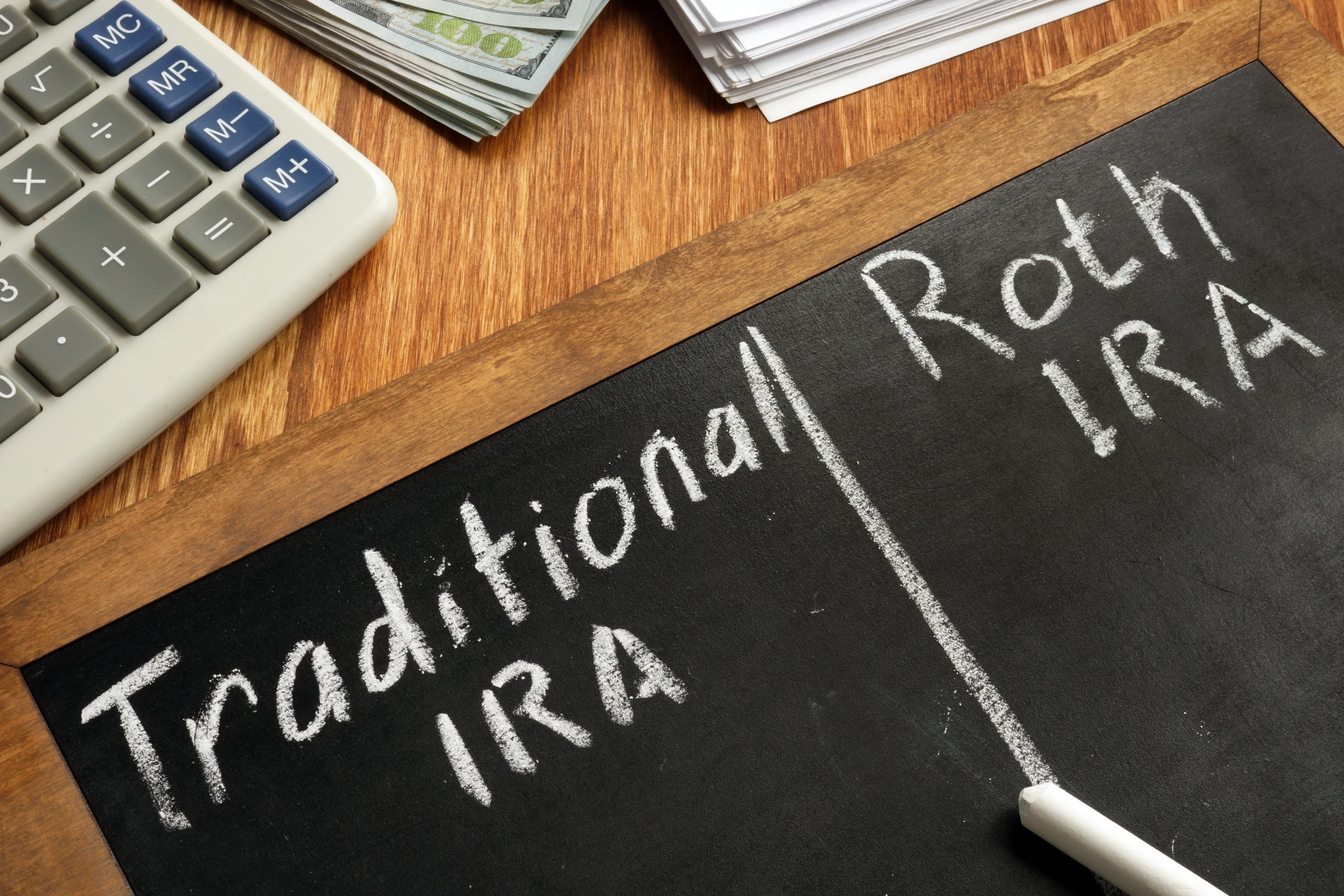
In these times of historically low tax brackets and depressed market values, an opportunity has presented itself to convert your pre-tax retirement accounts into a Roth IRA. Non-Roth retirement distributions are taxable, but Roth distributions are generally tax-free. The basic idea of a Roth conversion is to convert pre-tax money into post-tax money. While you do increase your tax bill in the year of conversion, the long-term benefits can be beneficial. Pay taxes today on those funds and never again.
THE 8 STEPS TO FINANCIAL READINESS
Make the most of your wealth now and in the future while assessing challenges, opportunities, and risks along the way. That way, you can grow, protect, give, and live your wealth in a way that aligns with what matters most: your Net Worthwhile®.
THE 8 STEPS TO FINANCIAL READINESS
Make the most of your wealth now and in the future while assessing challenges, opportunities, and risks along the way. That way, you can grow, protect, give, and live your wealth in a way that aligns with what matters most: your Net Worthwhile®.
Why would you want to complete a ROTH Conversion?
Take Advantage of a Lower Taxable Income Year: You may be in your gap years between retirement and the age to begin required minimum distributions (RMDs). Additionally, RMDs were eliminated altogether for 2020, which could make this an unexpectedly lower taxable income year. “Tax bracket filling” is the process of tactically increasing your income through Roth conversions to take advantage of lower rates. For 2020, single taxpayers with taxable income less than $163,300 and married filing joint taxpayers with taxable income less than $326,600 are in the Federal 24% and below tax brackets.
Control Your Income: Once you reach age 72 (post-SECURE Act of 2019), you are generally required to begin taking distributions from your pre-tax retirement accounts. If you have less forced income through RMD’s in retirement, you have more control of your taxable income. This becomes very important when trying to navigate Medicare premium surcharges.
Control Your Beneficiary’s Income: Generally, Roth IRAs have no RMD rules. However, since the SECURE Act of 2019, beneficiaries of retirement accounts (including IRAs and Roth IRAs) are required to deplete the balances within 10 years following the year of death. This does not apply to IRAs where the previous owner died before 2020, or spouses/ certain beneficiaries who are disabled, chronically ill, less than 10 years younger than the decedent. Additionally, children under 21 may be able to delay the 10- year payout. Often, children inherit IRA assets in their highest earning years. By converting to a Roth, your beneficiary must still deplete the balance within 10 years, but distributions are not taxable. You also allow them 10 years of tax-free growth after your death.
Control Your Taxable Estate: Since the Tax Cuts and Jobs Act of 2017, estate tax brackets are now favorable for most families (no taxes under $11.58 million per person in 2020). The estate tax limit is set to sunset in 2026 to $6 – $7 million per person, and legislation could drive this limit lower. The taxes paid on a Roth conversion reduce your taxable estate. Remember, $1 in a Roth IRA can be said to be worth more than $1 in a Traditional IRA because tax is due whenever funds are distributed from a Traditional IRA. The estate tax does not delineate between pre-tax and post-tax assets.
Low Tax Rates: Tax rates were also decreased as a result of the Tax Cuts and Jobs Act of 2017. These rates are set to sunset in 2026. Conversions done now are paid at today’s rates and avoid the potential for future higher rates.
Periods of Market Decline: When markets pull back from highs, lower valuations allow you to convert the same assets with lower tax implications. Should the market snap back to its previous highs, you avoided paying taxes on the future market appreciation, thereby, creating significant tax savings.
Reasons Why a ROTH IRA May Not be Advantageous for You
Higher Adjusted Gross Income (AGI): Roth conversions increase your AGI. Completing a Roth conversion may push you into a higher tax bracket causing negative tax results, such as other ordinary and capital gain income being taxed at higher rates, exceeding tax credit phaseouts, potential Medicare surtax (3.8%) on net investment income, or increased Medicare premium surcharges. Working with your financial advisor and CPA can help you navigate these trigger points.
Expectation of Lower Income: If you’re retiring or expecting reduced income in the future, it could be advisable to wait. This may also apply if you’ve sold a property, earned a large bonus, or received some other irregular income during the year of conversion.
Lack of Liquidity: The most efficient way to convert is to leave the retirement money intact and pay the taxes out of pocket. However, this requires excess liquidity outside of your retirement portfolio to pay the taxes. It may be wise to wait on a Roth conversion if you do not have the necessary liquidity.
Need the Money within Five Years: For Roth IRA accounts, you must wait until you are 59.5 and the account has been opened at least five years before you can take distributions without taxes and penalties.
In Summary:
Roth conversions help you apply some control on the timing of taxes owed. You can leave a larger after-tax legacy while reducing the risk of Medicare surcharges and the volume of forced income through RMDs. While it is worth considering, a Roth conversion is not always advisable. The decision to convert is irrevocable (post-TCJA 2017) and should be made with the assistance of your financial advisor and CPA.






